
Transit Briefs: LACMTA, MARTA, MBTA, Metra, TransLink
Written by Marybeth Luczak, Executive Editor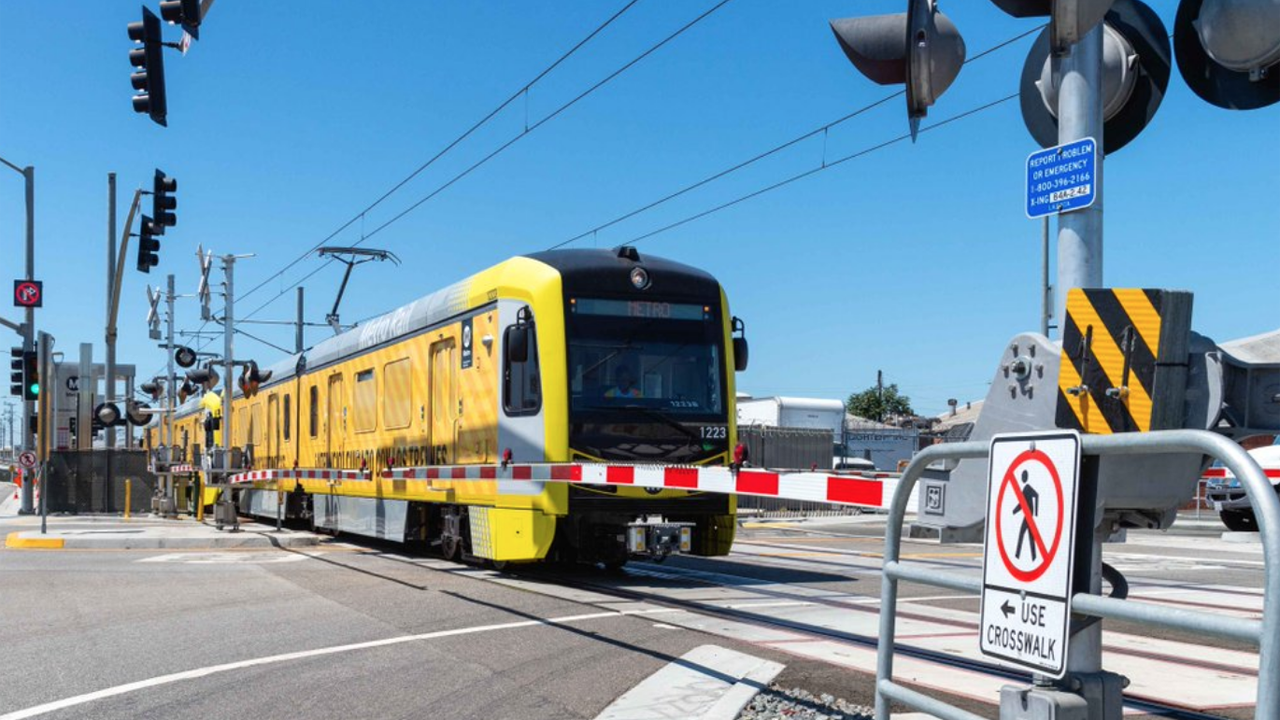
The LACMTA Board has approved pursuing an in-house transit police department. (LACMTA Photo, Via Twitter)
The Los Angeles County Metropolitan Transportation Authority (LACMTA) eyes an in-house transit police department, and in May marked the six consecutive month of year-over-year ridership growth. Also, Metropolitan Atlanta Rapid Transit Authority (MARTA) advances the $230 million Streetcar East Extension project; Massachusetts Bay Transportation Authority (MBTA) in July will temporarily close the Green Line’s B Branch for a track upgrade; Metra launches a $33.9 million, three-station rebuild project in Chicago; and Vancouver’s TransLink releases study results showing that developer-sponsored incentives boost transit ridership and revenues.
The LACMTA Board has approved pursuing an in-house transit police department, the San Gabriel Valley Tribune reported June 22. The transit authority currently has contracts with the Los Angeles Police Department, Los Angeles Sheriff’s Department and Long Beach Police Department. LACMTA is due to pay $173 million for the three contracts starting July 1, according to the newspaper.
“A Metro [LACMTA] report highlighting numerous positives concluded an in-house police department would cost $135.4 million, creating a cost saving of 22%,” the San Gabriel Valley Tribune said. “A Metro Police Department would reduce administrative costs from each of the three law enforcement departments, deemed redundant by the report.”
According to the newspaper, “Board members emphasized the [June 22] vote does not set in concrete a 180-degree change in law enforcement tactics and the personnel.” LACMTA CEO Stephanie Wiggins will first create a plan for implementing a transit authority-run police department, with its own officers, investigators and special operations teams, which the Board will consider in January 2024, the newspaper said.
The move would allow LACMTA “to train and discipline officers and deploy them in segments of the system that need them most,” the San Gabriel Valley Tribune reported. “Metro had its own police in the 1990s but they were absorbed by the LAPD and LASD in 1997.”
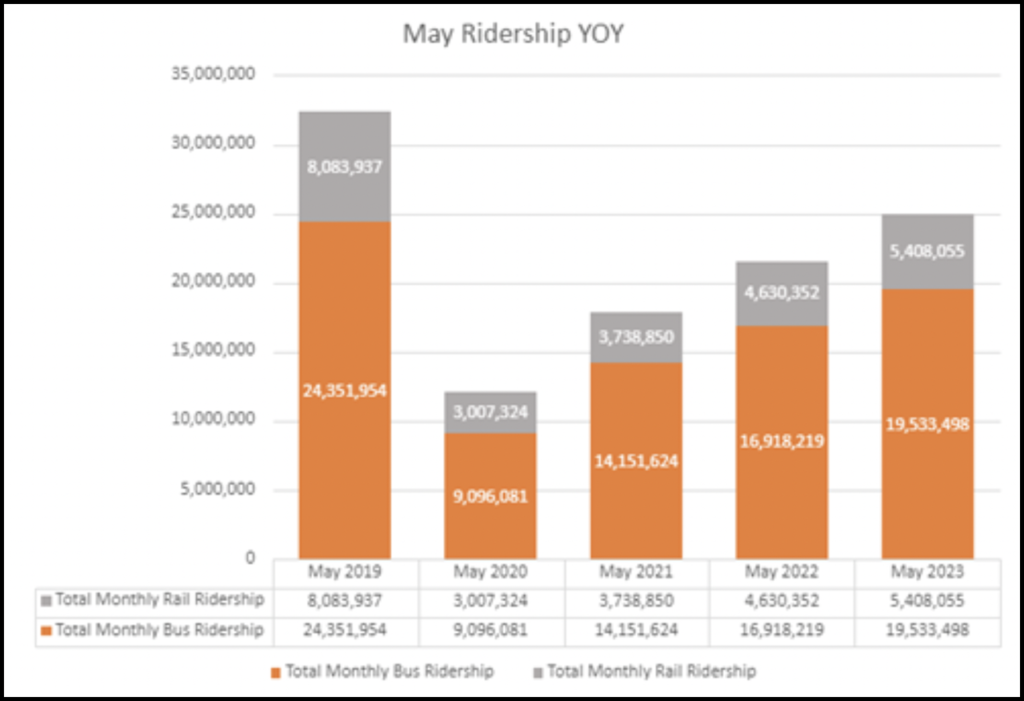
Also on June 22, LACMTA reported that in May it had a 16% year-over-year boost in ridership with nearly 25 million boardings, marking the sixth consecutive month of ridership growth. Almost 900,000 riders used bus, rail and micro-transit systems each weekday during the month. Additionally, on weekends, the transit authority had average Saturday boardings at more than 84% of pre-pandemic levels and Sunday boardings at more than 90% of pre-pandemic levels (633,338/Saturday and 522,199/Sundays) in May.
Last month, 19,533,498 rides were taken on LACMTA buses, along with 5,408,055 rides on the rail system. According to the transit authority, almost 110,000 more rides were taken per day in May 2023 compared with May 2022; that’s nearly 3.4 million more rides delivered to customers throughout the system in May 2023 compared to May 2022. Total ridership is now at 77% of 2019 levels, LACMTA said.
“The overall trend post-pandemic shows ridership recovery on the weekends continues to outpace recovery on weekdays,” LACMTA reported. It has now recovered 88% of pre-pandemic ridership on weekends on both bus and rail, vs. 74% on weekdays. The ridership growth on rail was led by weekday gains on the B Line (Red)/D Line (Purple) subway. Average weekday ridership on the subway B Line and D Line is up more than 20% year-over-year, and up 11.5% since January 2023, according to the transit authority.
“People are seeing the steps Metro is taking systemwide to improve safety and the customer experience, and they are choosing public transportation once again,” Glendale City Council Member and LACMTA Board Chair Ara J. Najarian said. “With our new Ambassadors helping riders navigate their trips, the increased number of Transit Security Officers, and additional law enforcement, riders see and feel Metro’s commitment to them.”
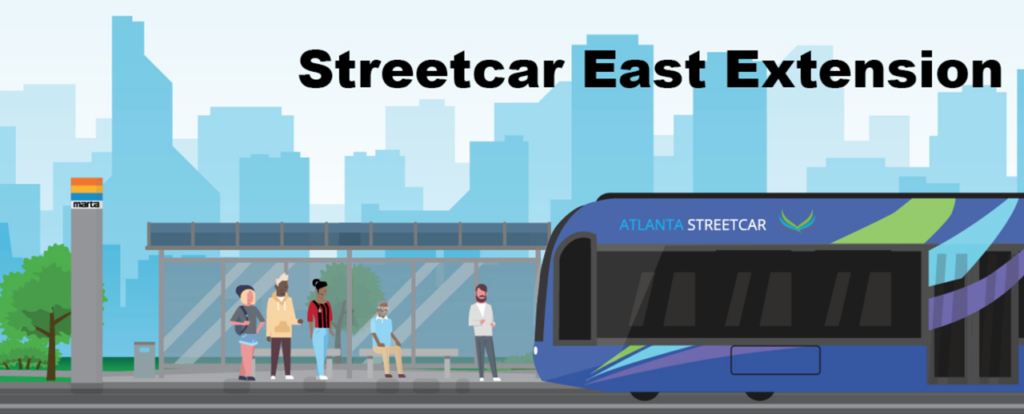
The MARTA Board of Directors Planning and Capital Programs Committee on June 22 selected the team led by architecture and engineering firm HDR to complete the final design of the two-mile Streetcar East Extension.
According to MARTA, the extension will cost approximately $230 million; it is funded through the More MARTA Atlanta half-penny sales tax. Construction will get under way in 2025, with service scheduled to begin in 2028.
The MARTA Board recently finalized the extension’s alignment, which will run along Edgewood Avenue, Randolph Street, Auburn Avenue, and Irwin Street to the Atlanta Beltline; it will then turn north to Ponce City Market. There will be five stops along the route.
The current 2.7-mile streetcar loop launched in 2014.
“We’re excited to continue to partner with MARTA and the city of Atlanta on this priority project to fulfill the promise of high-quality transit on the Atlanta BeltLine and bring more accessibility to all,” said Clyde Higgs, President and CEO of Atlanta BeltLine, Inc. “We look forward to additional community conversations around the streetcar design as it progresses toward final design.”
MBTA from July 17 through July 28 will close the Green Line’s B Branch from Kenmore to Boston College stations, allowing crews to replace more than 2,000 feet of track at Packard’s Corner and from Harvard Avenue to Allston Street. To “maximize efforts,” the transit authority said, duct banks and underground conduits will also be replaced, and pedestrian crossings, bike lanes and platform edges will be repainted along the B Branch.
Accessible shuttle buses will replace Green Line trains during the 12-day service suspension.
“We are committed to providing our riders with the best possible quality of service,” MBTA Chief of Capital Transformation Angel Peña said. “A full-access closure allows crews to accomplish critical upgrades on an expedited schedule, delivering improved service that our riders deserve. We understand how frustrating service diversions can be. However, as a team, we will work as quickly and safely as possible to deliver these much-needed upgrades.”
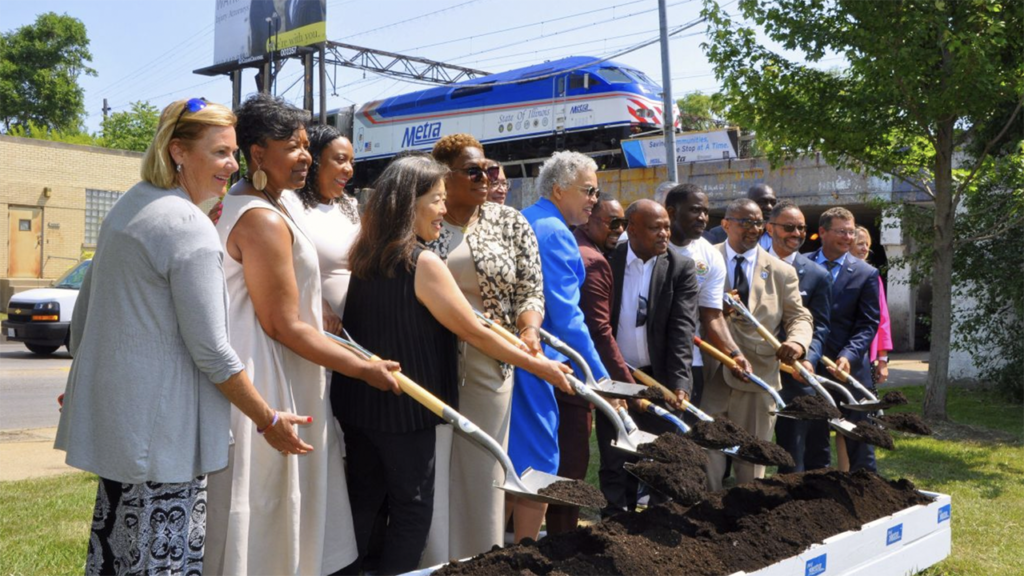
Metra on June 22 broke ground on a $33.9 million project to rebuild the 79th Street/Chatham, 87th Street/Woodruff and 103rd Street/Rosemoor commuter rail stations on the Metra Electric Line.
When completed, all three will have enclosed, ADA-accessible street-level entrances and lobbies with elevators; new stairs and headhouses; new composite deck platforms; and new lighting and signage, according to the Chicago-based railroad. The work is part of the Metra Electric Community Initiative, a multi-year, multi-million-dollar plan to upgrade 13 stations on the line.
IHC Construction of Elgin was awarded the three-station construction contract. Metra is funding the work with its share of funding from the Rebuild Illinois capital program.
The work will require each station to be closed for about seven months, Metra reported, with the 79th Street/Chatham closure slated to begin July 10. (Riders can use the 75th St. and 83rd St. Stations as alternatives.) According to Metra, work will be performed in stages. “The plan outlined in the contract calls for one station to be closed and work well under way before work begins on the second station,” it said. “Once the first station is reopened, construction will begin on the third station.”
Similar work is already under way at the 147th Street/Sibley Boulevard Station and is expected to be completed this year, Metra said. Work also began this spring at the line’s Homewood Station.
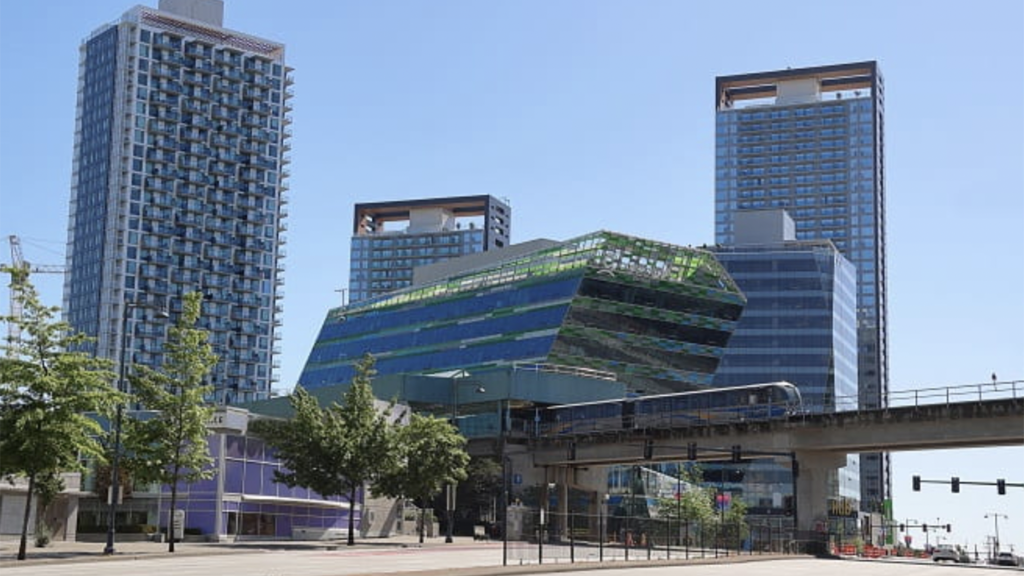
A joint study by TransLink and PCI Developments (PCI) has found that “developer-sponsored incentives encourage higher levels of transit use by people living or working in transit-oriented developments while creating a new stream of revenue for transit services.”
TransLink on June 22 released results of the recent study. It explained that PCI gave Compass Cards with C$150 stored value to 300 residents or employees of King George Hub, a transit-oriented development near King George SkyTrain Station. TransLink then surveyed participants and monitored travel patterns before and after the subsidy was given. The results showed that transit use increased by around 10% during the three-month study, TransLink said.
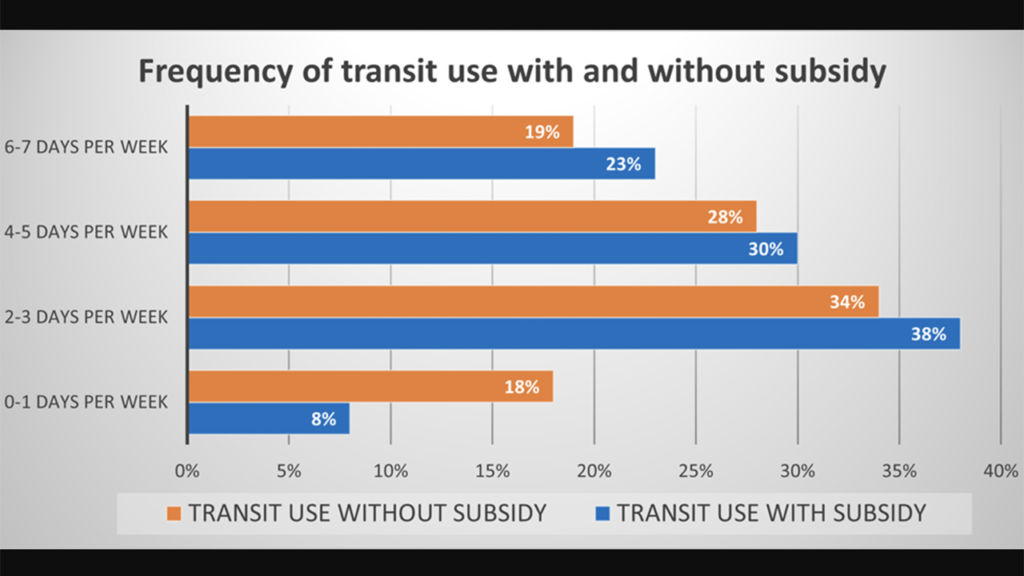
Before the subsidy, 82% of participants used transit twice a week or more, according to TransLink. After the subsidy was given, that number grew to 92%. “This growth implies that people who choose to live or work near rapid transit options like SkyTrain are more likely to take transit if they are provided with subsidized transit,” the transit agency reported.
Among other study findings:
- Approximately 50% of participants do not own private vehicles.
- Around 40% own one vehicle for their household.
- During the three-months pilot, more than 12,000 transit trips were taken by the 300 participants.
TransLink noted that while initial findings are “encouraging”—and would be shared with regional municipalities—they provide data for a small sample of people and over a short period of time. The agency said it will continue to seek partners to support a study with a larger sample over a longer period of time, to replicate these results.



